| LabGuy's World: 1965? Nivico TK-77
"Vidica 77" Vidicon Camera
New! 060827 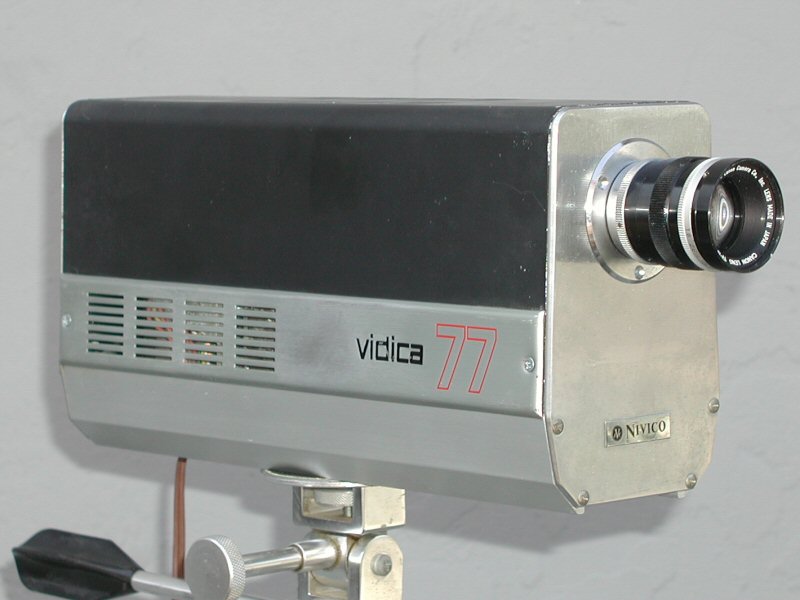

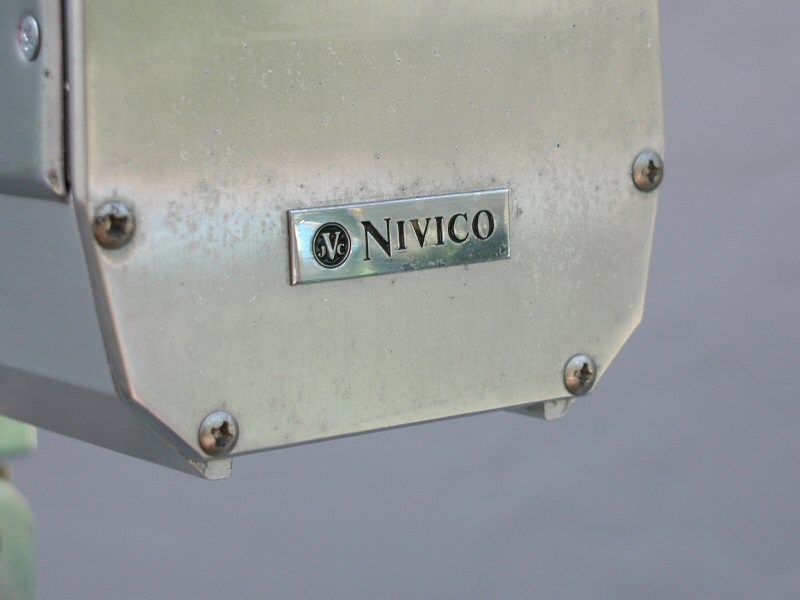
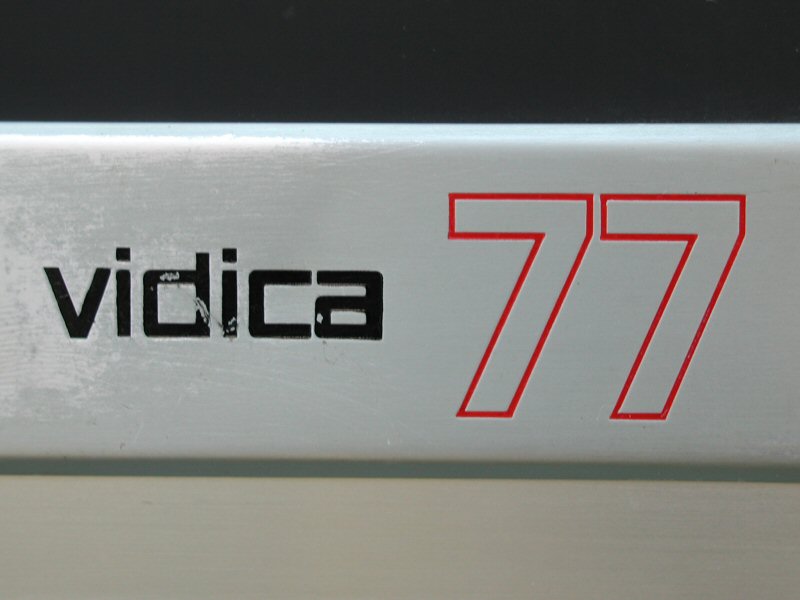
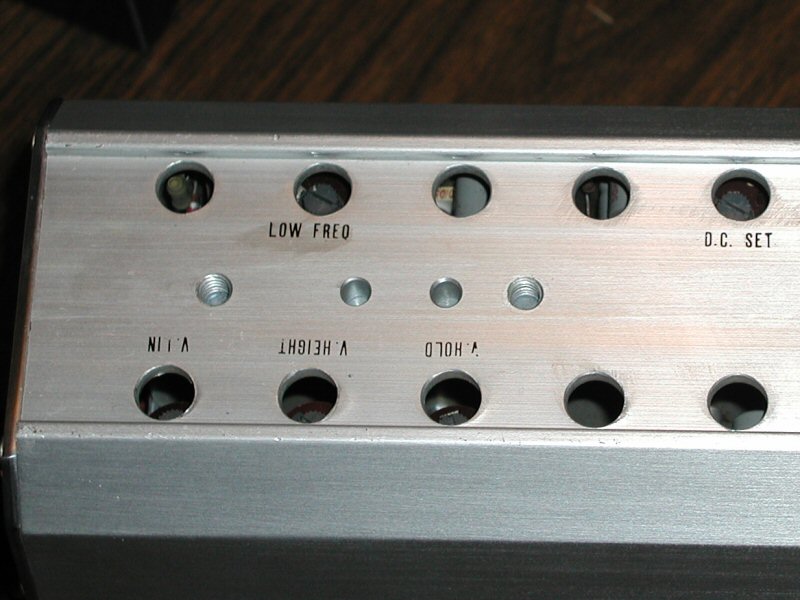
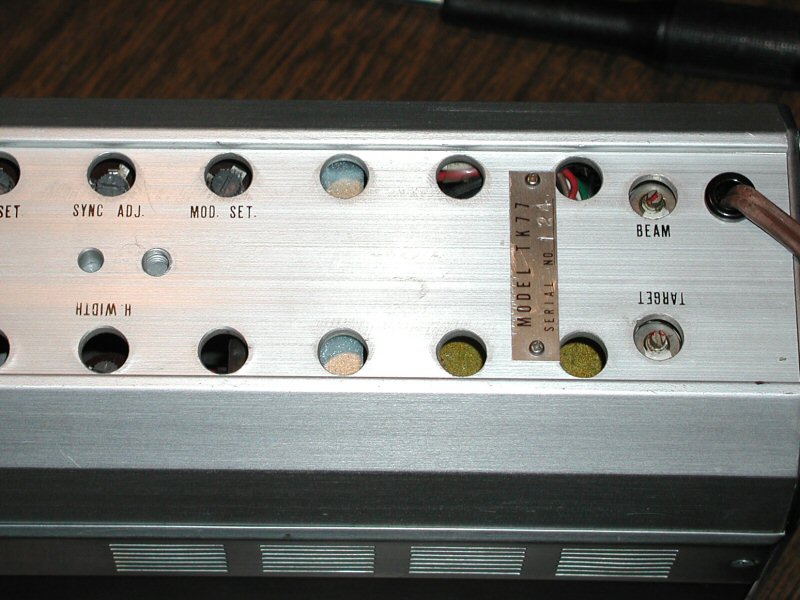
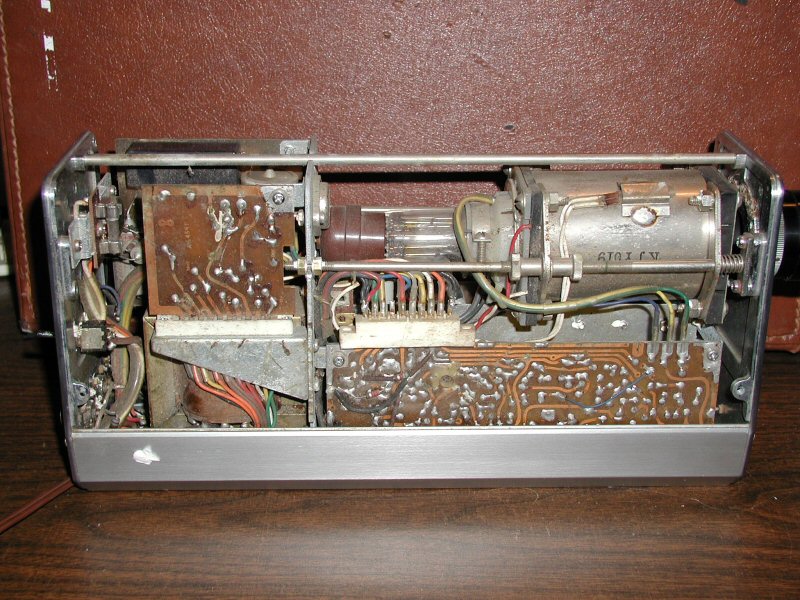
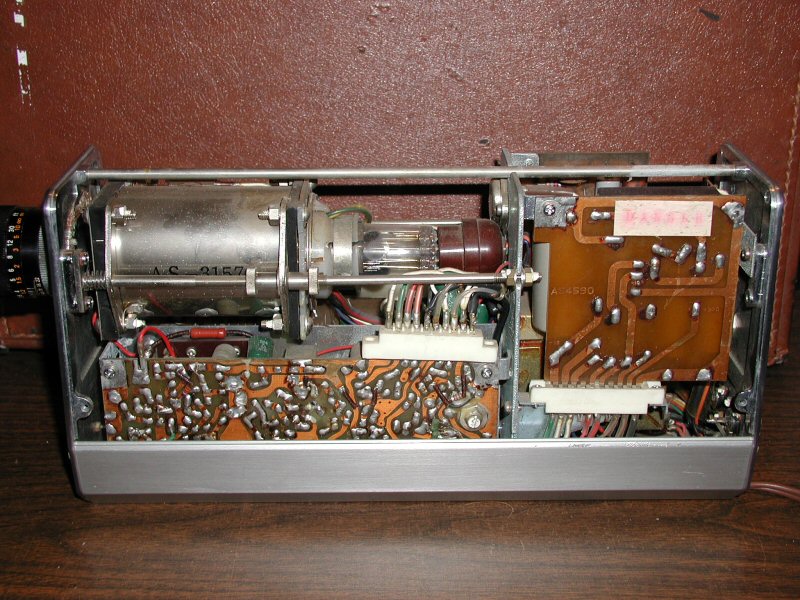
1965? Nivico TK-77 "Vidica 77" Vidicon Camera 1965? Here is a simple B/W vidicon camera of the mid 1960s. One inch vidicon tube, 50 mm, f 1.8 lens. I have no information on this camera, but it appears to require external composite sync in order to operate. Don't know this for a fact. The condition of this camera is not pristine and powering it up could cause damage. When I received this camera, it was very grimy and required a lot of elbow grease to get it back into presentable condition. Lots of nicotine and corrosion covering the entire outside, it was very ugly. The outside cleaned up well. As seen in the photos, I did not attempt to clean the insides for now. Nivico is today known as JVC. Nivico is a contraction of the words; Nippon Victor Corporation. JVC stands for Japanese Victor Corporation. So, JVC and Nivico brand names are relatively interchangeable. Correct me if I am wrong. I will presume for now, in the absence of substantiating information, that "Vidica" was simply a product line name. Note the model number "TK-77". The TK prefix was used by RCA on all of their professional studio cameras of the 1940s, 50s, 60s and beyond. I s'pose it stood for "Television Kamera". Lots of controls. Electronic focus, rack focus, off / on switch, RF and composite video output jacks. Composite sync input jack. On the bottom, almost every internal adjustment is accessible. Target, electronic focus, beam control, high peaking control, DC setup, modulator tuning set, sync (level?) adjust, low frequency compensation, vertical hold, height and linearity, and width adjustments. Very nice to have all those controls accessible. Makes it easy to set it up without having to open the camera up. All transistorized, there is not a single integrated circuit to be found. 100% discrete solid state construction, except for the one inch vidicon tube. Most likely a type 7735, 7038 or similar type. Could be used
with a VTR, pro video monitor or a consumer television set. The three jacks are
unique. I have never seen this type before. Resembles the standard PL-239 type UHF jack in
all respects except for the size. These are about half the diameter of the
standard variety. I presume that Nivico VTR's provided the sync drive for just
such a camera. More info on these connectors and signals would be appreciated. [HOME]......[MUSEUM OF EXTINCT VIDEO CAMERAS] Created: August 27, 2006 - Last updated: August 28, 2006 |